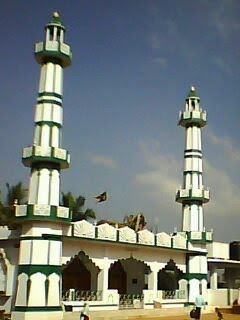From The Urs Of
Aamaa Jaan Bava Jaan
In Javagal sharif Karnataka Hassan Bangalore
Hazrat Kalandar Sha Javagal Baba R.A
“Kalandar” Se Ishq Aisa Kro K
Dharkano’n Mein Bas Jaye
Saans Bhi Lo Tou Khushbu
“Javagal” Ki Aaye
“QALANDAR” K Pyar Ka Nasha
Aankho’n Pe Aisa Chaye
Jahan Se Bhi Guzre
Ek Hi Awaaz Aaye
Jhoole Lal Jhoole Lal Mast Kalandar Jhoole Lal
Aamaa Jaan Bava Jaan
In Javagal sharif Karnataka Hassan Bangalore
Hazrat Kalandar Sha Javagal Baba R.A
“Kalandar” Se Ishq Aisa Kro K
Dharkano’n Mein Bas Jaye
Saans Bhi Lo Tou Khushbu
“Javagal” Ki Aaye
“QALANDAR” K Pyar Ka Nasha
Aankho’n Pe Aisa Chaye
Jahan Se Bhi Guzre
Ek Hi Awaaz Aaye
Jhoole Lal Jhoole Lal Mast Kalandar Jhoole Lal








